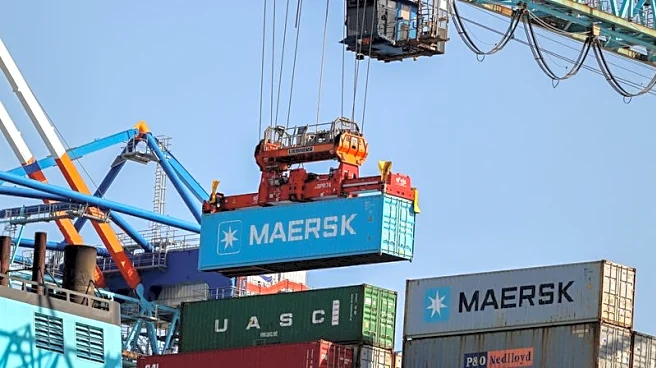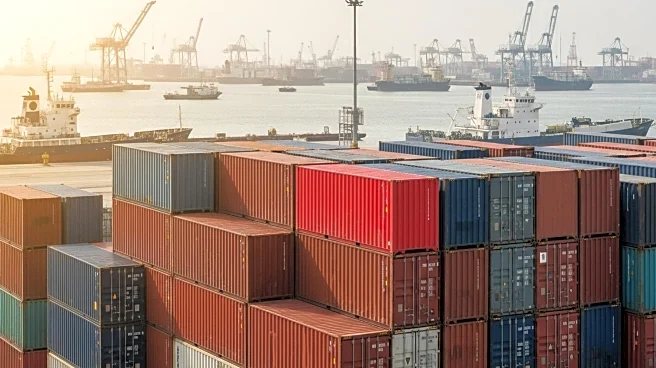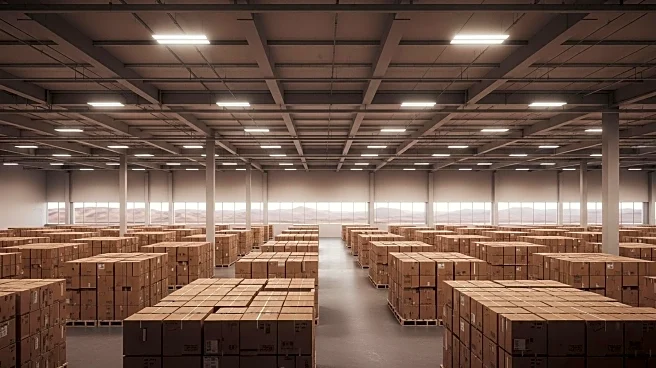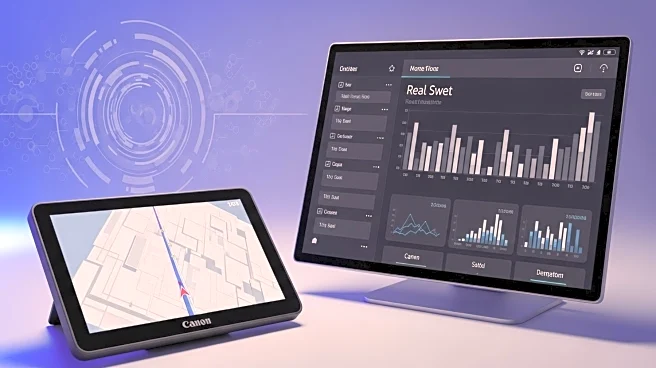What is the story about?
What's Happening?
Recent reports from FTR Transportation Intelligence and DAT Freight & Analytics indicate broad rate gains in the spot market, offering relief to for-hire fleets. Spot rates for all equipment types increased, with refrigerated loads experiencing the largest week-over-week jump since June. The national seven-day rolling average for spot rates rose to $2.05 per mile, marking an increase compared to the previous year. The dry van and reefer markets saw significant rate increases, driven by tighter capacity and strong seasonal demand. Flatbed rates also showed modest gains despite slower freight activity.
Why It's Important?
The increase in spot market rates is a positive development for for-hire fleets, which have faced challenges due to fluctuating demand and economic pressures. Higher rates can improve profitability for carriers, enabling them to invest in fleet maintenance and expansion. The gains reflect strong seasonal demand and tighter capacity, which may signal a recovery in the transportation sector. As the industry navigates economic uncertainties, stable or rising rates can provide a buffer against potential downturns, supporting the financial health of carriers and related businesses.
What's Next?
The transportation industry may continue to monitor market trends and adjust strategies to capitalize on rate gains. Carriers could explore opportunities to optimize operations and enhance service offerings, potentially attracting more business. As seasonal demand fluctuates, stakeholders may focus on maintaining capacity and efficiency to sustain rate improvements. The industry may also anticipate potential regulatory changes or economic shifts that could impact market dynamics, prompting proactive measures to mitigate risks.
Beyond the Headlines
The spot market rate gains highlight the complex interplay between supply chain dynamics, economic factors, and industry practices. The transportation sector's ability to adapt to changing conditions underscores its resilience and importance to the broader economy. The rate increases may also reflect broader trends in consumer behavior and demand, influencing logistics strategies and investment decisions. As the industry evolves, stakeholders may prioritize innovation and sustainability, seeking to balance profitability with environmental and social considerations.
AI Generated Content
Do you find this article useful?














